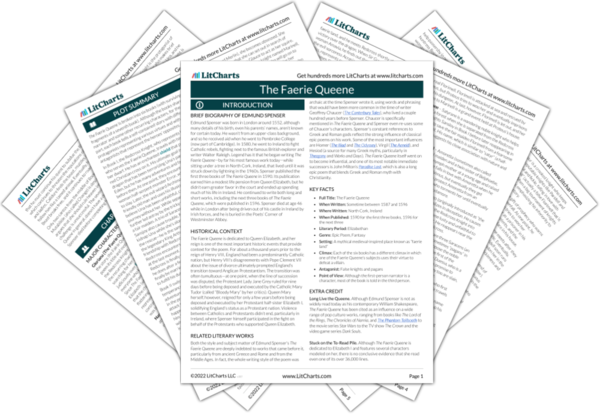Fidelia, Speranza, and Charissa all have names related to the words “faith,” “hope,” and “charity.” Faith, hope, and charity (or sometimes love) are three virtues that are often mentioned together and sometimes called the theological virtues. They are highlighted in the Bible in 1 Corinthians 13.
